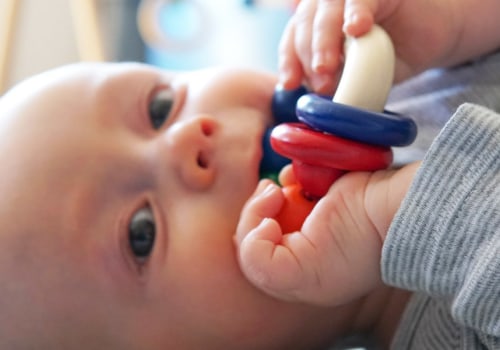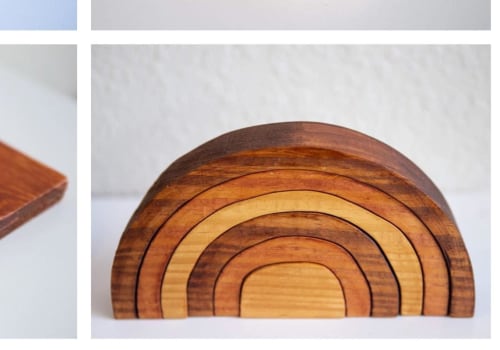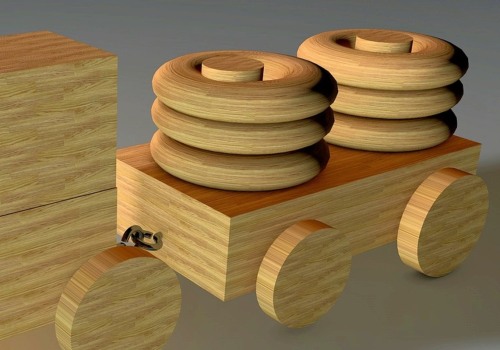As an expert in the toy industry with over 30 years of experience, I have seen the evolution of printing technology on wooden toys. It is a delicate process that requires precision and innovation to create a lasting impact on children. In this article, I will share my knowledge on how wooden toys are printed and the best practices to ensure safety and quality. Traditionally, wooden toys were hand-painted, but with the advancement of technology, heat transfer printing has become a popular method. This technique, introduced from abroad over a decade ago, involves transferring ink onto the wooden blocks using heat.
To achieve the best results, we use pad printing with the BA ink series. This ink adheres well to wood and dries quickly, giving a glossy finish. With 23 standard shades, 11 HD shades, and 5 metallic shades, the BA ink series offers a wide range of colors to choose from. It can also be used on other surfaces such as acrylic and lacquered surfaces. The colors used in printing are highly opaque, making them more attractive to children.
Our directive EN -71% 26 Toys fulfilled INKS RUCO T 200 ensures that our inks meet all safety standards for toys. We also have a basic ink mixing system consisting of 10 colors that can be used to create various shades according to Pantone, HKS, RAL, NCS, and other color systems. With our innovative ideas and design thinking, we strive to use the best printing technology to create visually appealing wooden toys. Wood is a popular material in the toy industry due to its warmth and softness. At Eagle Creation, we ensure that all our wooden toys have multiple layers of coating for a smooth finish and good grip.
Our 3-color pad printing process for dolls is done with precision and attention to detail. We engrave the design on the plate to ensure a flawless print. Whether it's puzzles, toy cars, or spinners, we use the latest printing technology to give them a personalized touch. Before the printing process, it is crucial to prepare the wooden blocks properly. They must be smooth and clean to ensure a perfect print.
At Spinks World, we not only provide inks but also offer complete solutions for our customers. Our inks meet all safety standards for toys, ensuring that there is no risk of chemical contamination when a child puts the toy in their mouth. One of the essential factors in printing on wooden toys is the moisture content of the wood. We only start making wooden toys once the moisture content drops below 15 percent. This is crucial to prevent mold growth and ensure the longevity of our toys.
The process of cutting raw wood into appropriate sizes and shaping them into toys is also done with precision to avoid any chemical bleeding.



